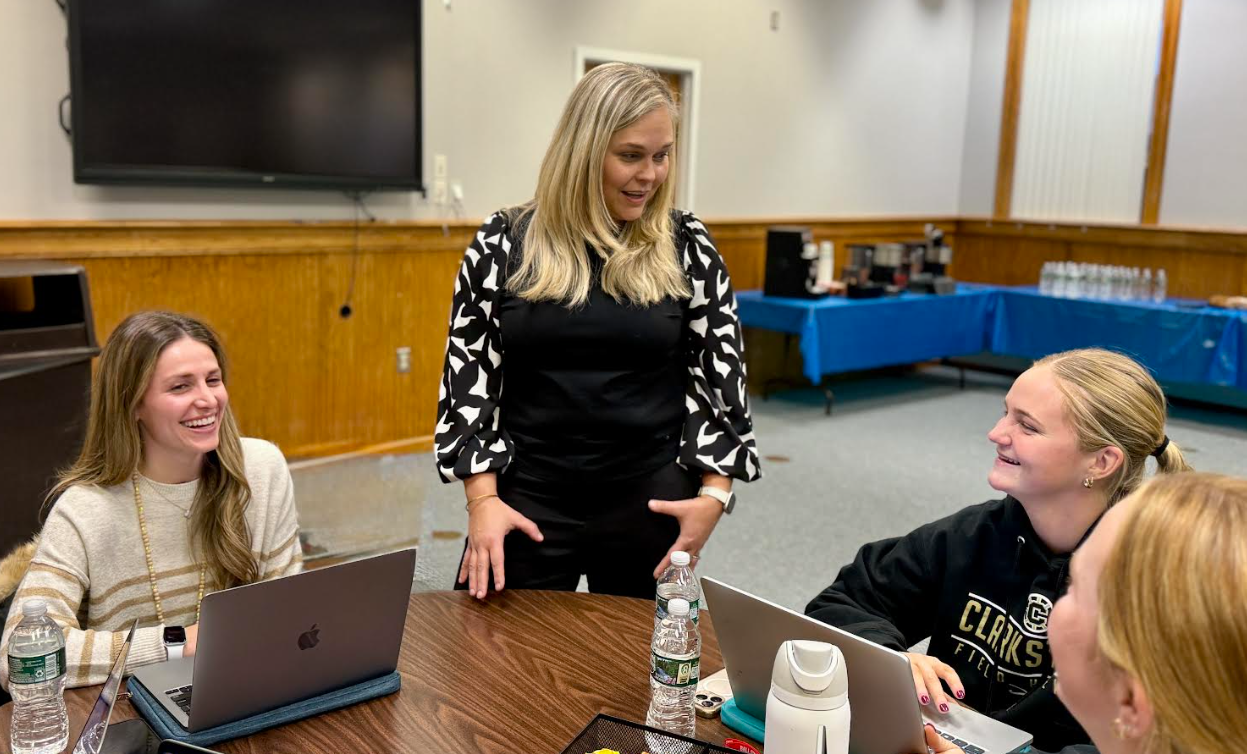The Marriage Between IT & Curriculum
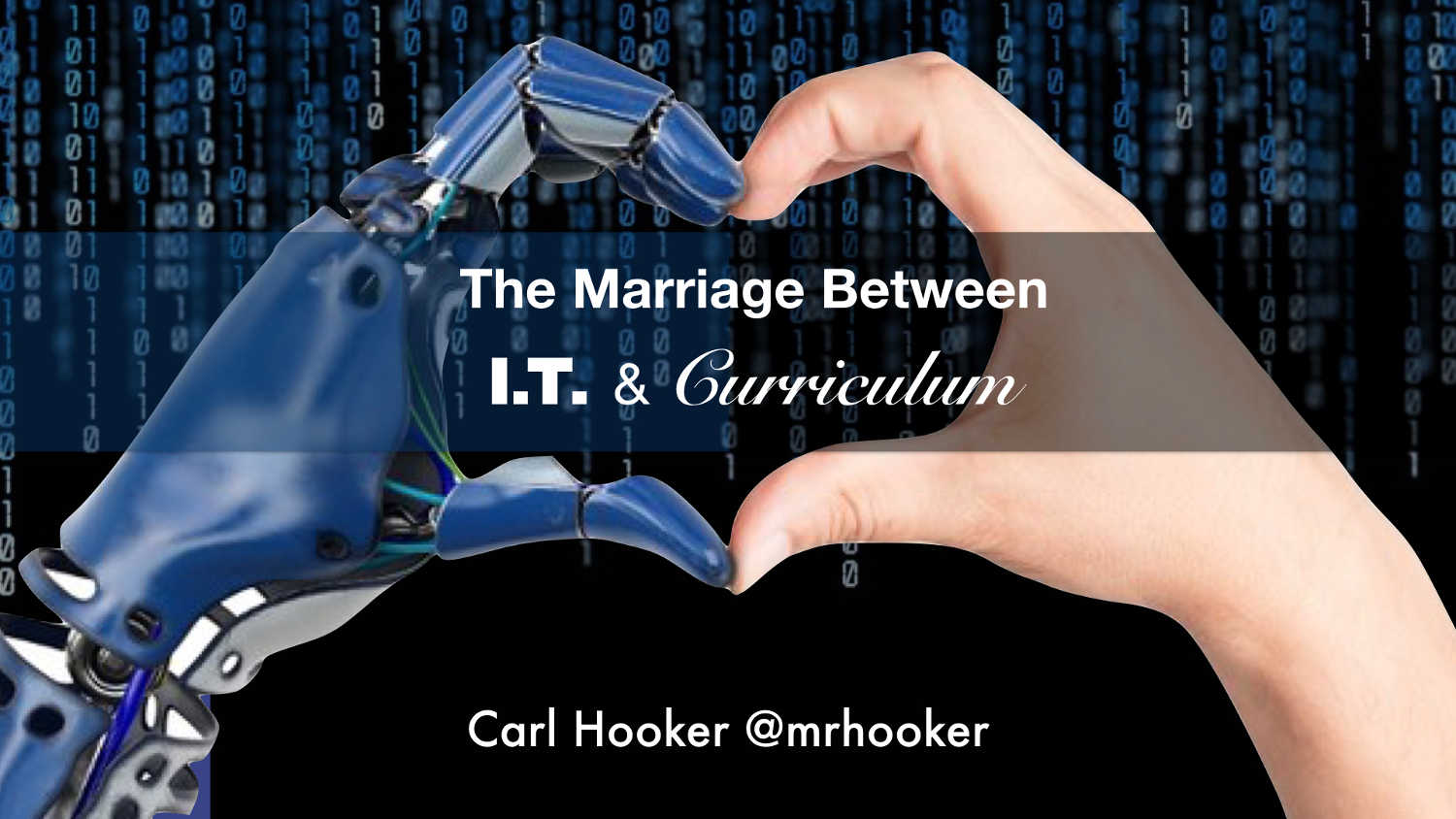
Relationships are always a work in progress. Kayne and Kim. Will and Jada. Beyonce and Jay-Z. Carl and Renee. The list goes on and on. Some couples make it, others end in divorce. While every couple has its own unique circumstances and situation, there are some common tips to make their marriage more successful.
Over the last few years, more and more, I feel like a marriage counselor when it comes to the couple known as “IT & Curriculum.” This relationship is a tricky one, because there is no way to opt out. While my district has what I would call a very healthy relationship between the two, it wasn’t always that way. And when I go out and speak with other districts, there seems to be some common problems that arise between curriculum and IT.
Last week at #TLTechLive event in Boston, I had the honor of being the opening keynote to address this topic head on. And while I won’t recap the entire presentation, I found some interesting insights over the course of our one hour “counseling session” that I thought I would share here.
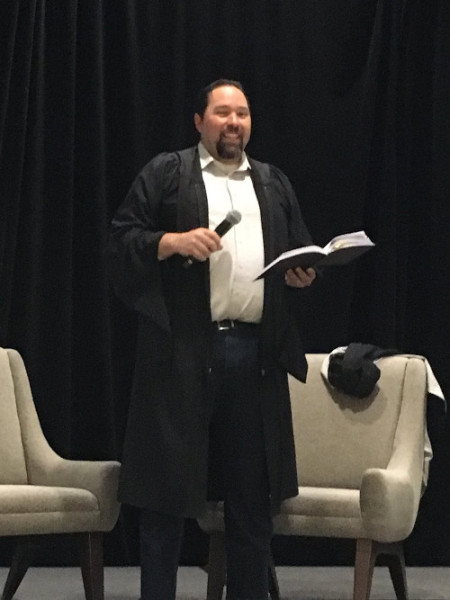
Like any marriage, there need to be a set of agreed upon vows or standards. During my session last week, I donned some preacher robes (actually a graduation gown) to deliver the vows between IT and Curriculum. Here’s an abbreviated version:
“Dearly beloved, we are gathered here today to celebrate this thing called….Learning.
Curriculum – Do you solemnly swear to check interoperability standards before purchasing an application?
IT – Do you solemnly swear to being open to new ideas, as long as it furthers the learning of our kids?
Tools and ideas to transform education. Sign up below.
….in sickness and health, through printer errors and slow wifi, until death or the end of public education do us part….may I have the ringtone?”
As I recited the vows on stage, I realized that wedding vows sound an awful lot like Acceptable Use Policies.
[The Marriage of Tech & Curriculum: A Toast]
Patient #1 – Dealing with Insecurity
With all the new applications or online textbooks being purchased almost daily it seems, our schools have many points of vulnerability when it comes to data. The IT side of the relationship wants to be open to these new programs and applications, but also is concerned about security and data privacy.
While there is no magic bullet answer to this relationship issue, many districts and states are moving toward a standard agreement when it comes to the use of student data. In fact, in Massachusetts, there is a Student Privacy Alliance which connects districts across the state to leverage the collective power in getting companies to agree to their student data privacy agreement.
With all the recent news with the Zuckerberg testimony to Congress and the subsequent avalanche of companies changing their terms of service when it comes to user data, this issue in the relationship between IT and Curriculum could soon be going away, allowing the happy couple to finally go on the honeymoon they’ve always wanted.
On stage with one of my ‘patients’ @MatthewXJoseph
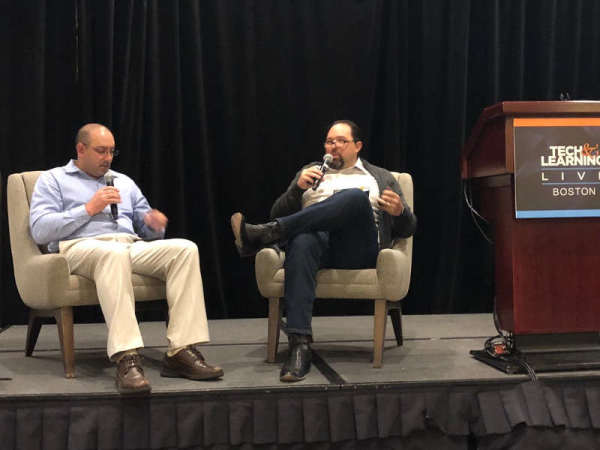
If you’ve ever been a teacher and attended some state-wide or national ed tech conference, there is almost always some app or tool that you learn about that you want to try. However, when you get back home, IT says “no” before you even attempt to pilot it with your students.
The truth is, there is more than just IT that needs to vet new tools. I’ve seen many an app out there that is really just students mindlessly tapping on screens and not vetting in any type of research. In our district we have a workflow for requesting new apps for students (the app store isn’t on their iPads) as well as our League of Innovators – a group of early adopters that are willing to try and test new software or hardware. What mechanisms does your district have in place for trying new applications or tools? Is there a process for piloting new ideas?
These questions can sting an unstable relationship as it gives IT the impression that you are happy with what they are offering and your eye is starting to wander. However, a stable relationship has an open dialogue and a process for getting new ideas, if effective, into the hands of students.
Patient #3 – Feeling out of sync
After the honeymoon phase, typically a couple decides to purchase their first house. In the case of IT & Curriculum that could be in the form of a Learning Management System (LMS) or perhaps a large online textbook adoption. This new purchase has many needs and requires the attention of both sides of the relationship.
For IT, there is nothing more frustrating than finding out that Curriculum has purchased a new adoption that either doesn’t work on the district’s existing devices OR requires a lot of heavy lifting to get student data into the system. The good news is, there are more and more platforms moving to a Single-Sign On (SSO) approach and with the One Roster standard from IMS Global becoming more widely adopted, the issues of data uploads via .csv files may soon go away.
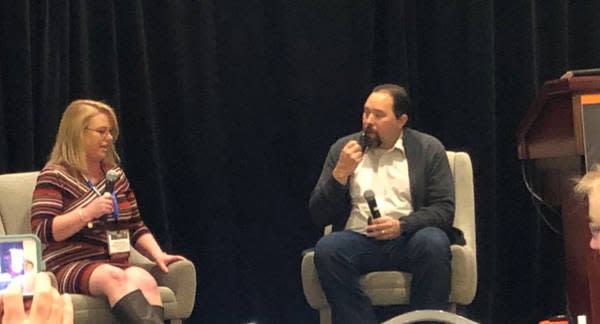
At some point in a relationship, kids enter the picture. With IT & Curriculum, they are there on day one. The focus of both ‘parents’ in this marriage should ultimately be the students. Many times, districts purchase expensive software or applications in the hopes of enhancing student learning. But how do we know if that’s actually happening? How do we measure the effectiveness of the programs we are using?
For me, it means pulling up usage statistics of over 40 applications or online resources. This process can take more than a week and the data comes in a variety of formats which is rarely longitudinal in terms of usage. Again, the good news here is that there are now tools in development to help with this efficacy of use and ultimately, learning. One company I’ve been advising with over the past year that does this very thing is CatchOn. Their motto is simple – “Simplify the evaluation of Ed Tech usage.”
Once you have the data you need at the touch of your finger, the next challenge becomes those hard conversations in the relationship around budget. Maybe curriculum is spending too much or IT is too much of a penny-pincher, whatever the case, once you have the usage data you can make better decisions for your “family” around whether to cut a program or keep it and provide more professional learning around it.
How do we save this marriage?
Through all of the issues between this couple, the keys to an effective relationship sound eerily similar to that of an actual marriage:
- Better communication
- Empathy and understanding of both sides
- Being open to new ideas
- Working together, not separate
And ultimately…we need to stay together…for the kids.
Editor’s note: Looking to learn more? Check out my book Mobile Learning Mindset: The IT Professional’s Guide to Implementation which includes an entire chapter dedicated to the marriage between IT and Curriculum.
cross posted at http://hookedoninnovation.com
Carl Hooker has been a part of a strong educational shift with technology integration since becoming an educator. As Director of Innovation & Digital Learning at Eanes ISD, he has helped spearhead the LEAP program, which put one-to-one iPads in the hands of all K-12 students in his 8000-student district. He is also the founder of “iPadpalooza”- a three-day “learning festival” held in Austin annually. He's also the author of the six-book series titled Mobile Learning Mindset, a guide for teachers, administrators, parents and others to support and embrace mobile learning in our schools. Read more at Hooked on Innovation.
Carl Hooker has spent the past 20+ years in education as a teacher and administrator focused on the thoughtful integration of technology and innovation. He consults for multiple districts across the country and is a frequent speaker at state and national events. In his free time he's an author, DJ, podcast host, Poetry Slammer, and Trivia Night MC. He's the co-founder of the social platform K12Leaders.com. Check out his latest book Ready Set FAIL! Now available for order here: https://mrhook.it/fail Read more of his blogs at Hooked on Innovation.
